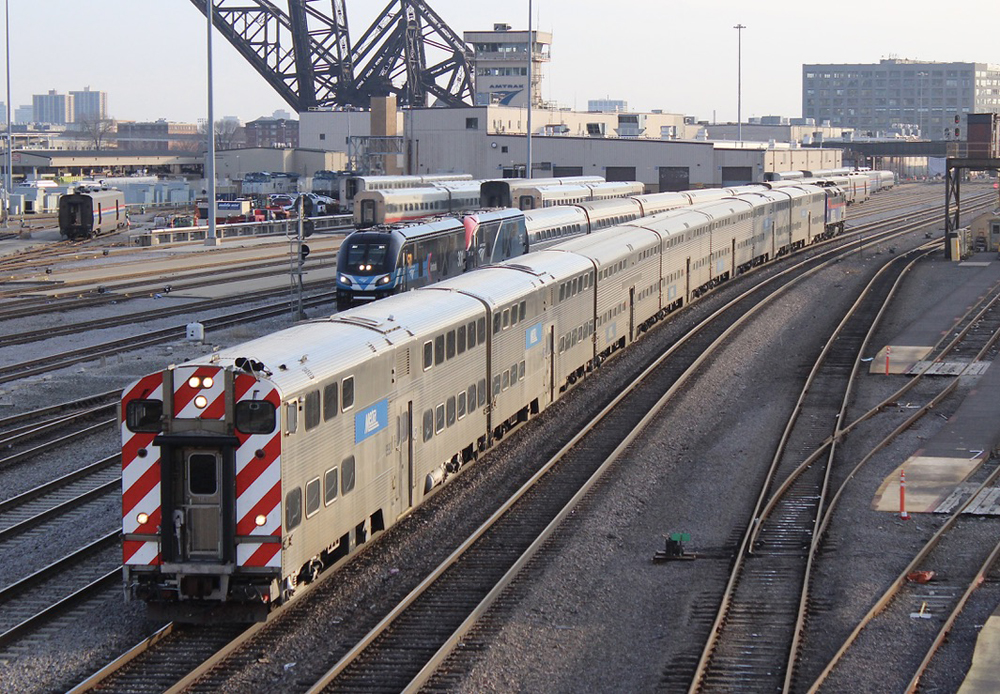
CHICAGO — Despite icy conditions across the country’s mid-section and into the Northeast Corridor over the last few days, Amtrak has kept most service running, avoiding widespread weather-related cancellations that occurred throughout January. But substantial initial terminal or en route delays to long-distance trains continue. Many can be traced to mechanical breakdowns.
Recent incidents include:
— The Cardinal terminated at Cincinnati today (Thursday, Feb. 6, 2025). The lone locomotive of westbound train No. 51 became disabled between South Portsmouth and Maysville, Ky., after on-time operation from the engine change at Washington, D.C. The train arrived more than 3 hours late at Maysville and waited there for a CSX relief engine to tow it to Cincinnati Union Terminal. After the train arrived there nearly 11 hours late, passengers were bused to Chicago and intermediate stops, while the cars and locomotive were deadheaded to Indianapolis. Amtrak spokesman Marc Magliari tells News Wire the equipment is being serviced at the Beech Grove heavy maintenance facility for departure from Indianapolis as the eastbound Cardinal early Friday morning. Buses will handle passengers already booked to depart from Chicago on that train today.
— The Floridian arrived Chicago at 3:31 p.m. today, six hours, 46 minutes late. The train suffered more than four hours of delay in Florida on Tri-Rail and north of Orlando, and was 5½ hours late at Southern Pines, N.C. The Floridian arriving 3½ late into Chicago a day earlier had been delayed four hours leaving Camden, S.C., on CSX’s S-Line for unexplained reasons. Meanwhile, the Miami-bound Floridian departed Chicago at 8:58 p.m. on Feb. 4, two hours, 18 minutes late, even though its westbound counterpart arrived 37 minutes early that morning. It departed Winter Haven, Fla., nearly four hours late today.
— Locomotives on the westbound California Zephyr leaving Chicago on Feb. 4 developed mechanical problems en route to Galesburg, Ill., leaving there 3½ hours late with a borrowed BNSF Railway freight engine. Encountering slow running as a result along with other delays, the train departed Winnemucca, Nev., more than 7 hours late today.
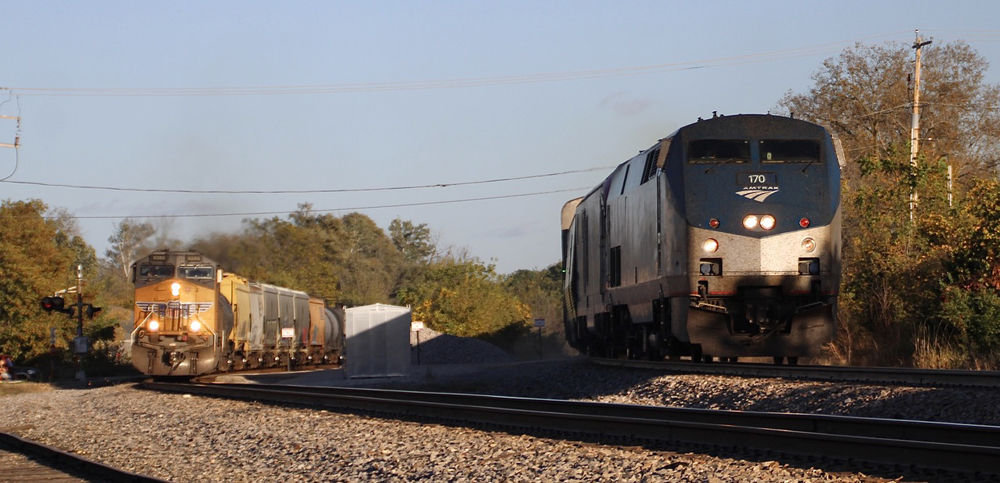
— The westbound Empire Builder departing Chicago on Wednesday, Feb. 5, “experienced a delay west of Stanley, N.D., due to an engine change, which was incurred from ongoing mechanical issues with the current engine,” according to an Amtrak status report. The train was spotted rolling through Rugby, N.D., this morning with a BNSF locomotive leading two P42s, so it isn’t clear which locomotive failed. It departed Williston, N.D., four hours and 44 minutes late today.
In addition to these trains, two southbound Coast Starlights en route Thursday have been badly delayed, with Wednesday’s Seattle departure more than 5 hours late out of Oakland, Calif., and today’s train leaving Seattle three hours, 55 minutes late when its northbound counterpart arrived at 6 a.m., 10 hours late, after it helped tow a disabled Capitol Corridor train to Sacramento, according to published reports.
These delays are more evidence that Amtrak’s long-distance fleet continues to be stretched thin and needs additional standby equipment. News Wire will continue to monitor developments.






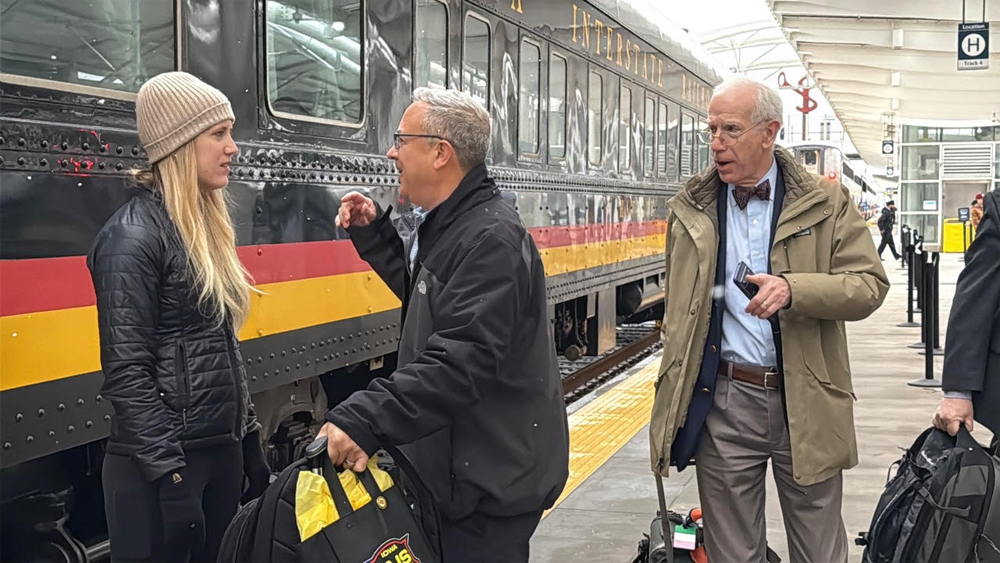
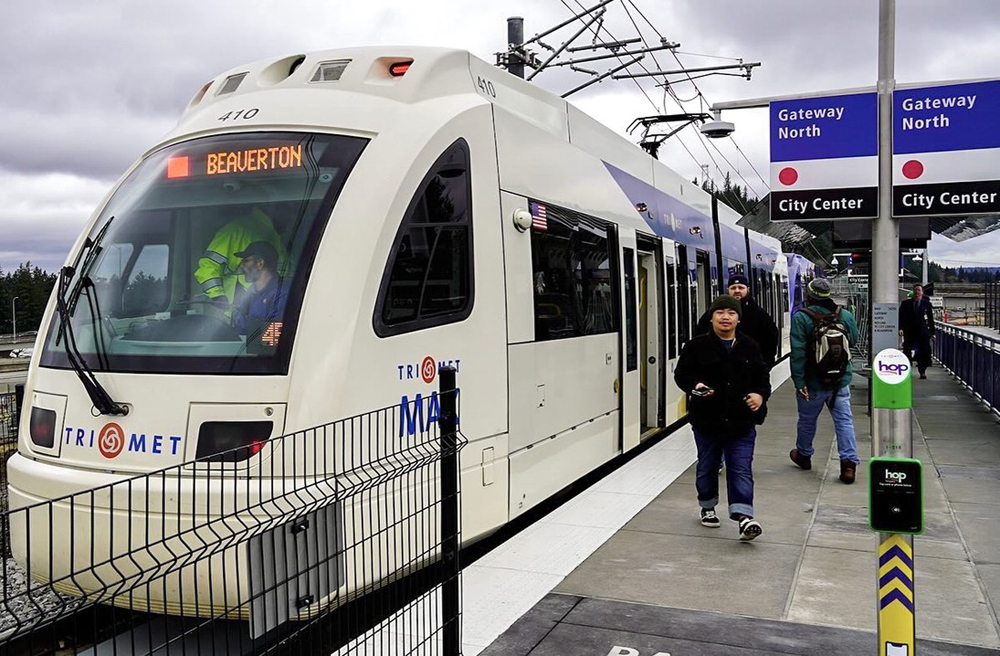


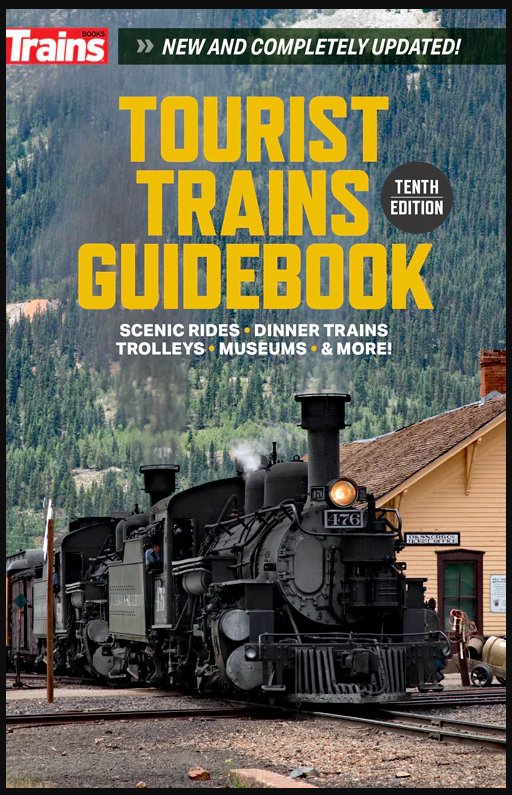
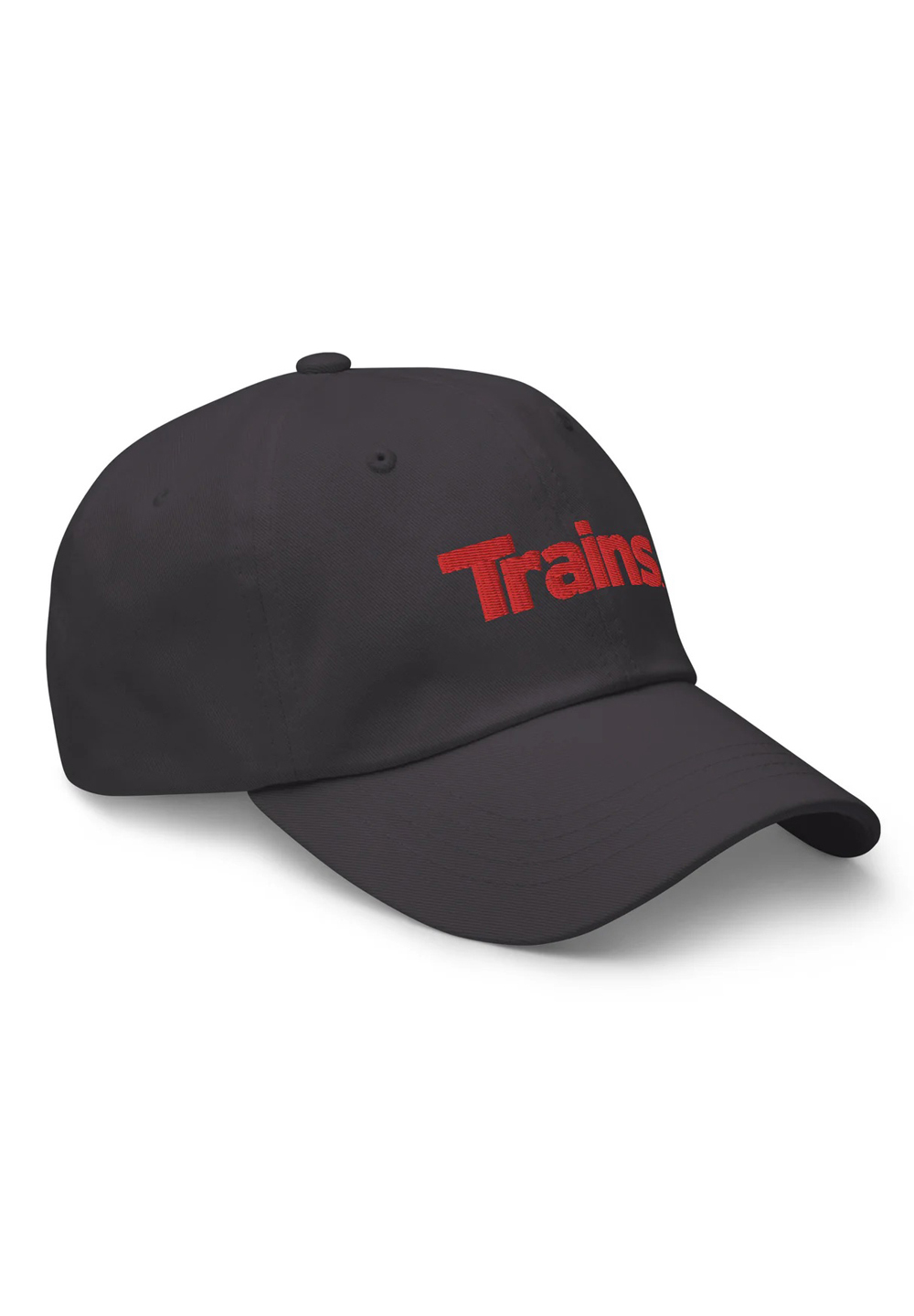
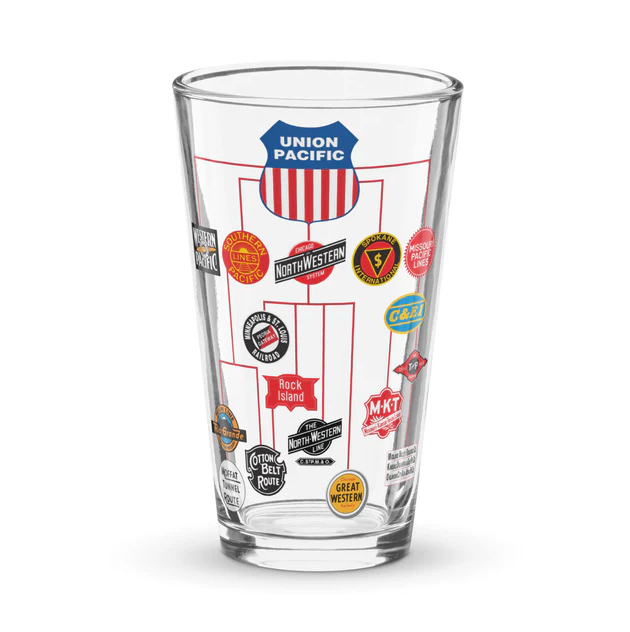
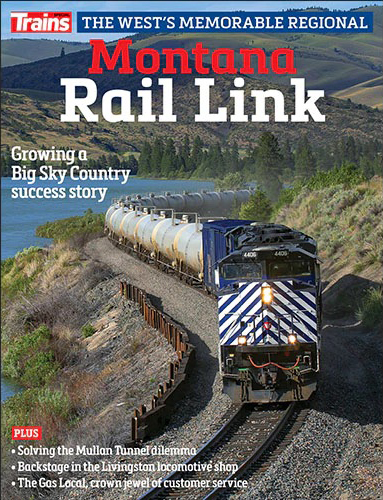
Yes. The day is not far off when Musk/Trump say “NO MORE AMTRAK LD” Last run notices will be posted as you all gasp!!! “It can’t be so” Watch out!!!!
Clifford, yes I agree president Musk/trump will no doubt cut Amtrak. And unfortunately there are relatively few in this country that will care. Some on this very Trains site will rejoice. Amtrak nor any passenger rail or public transport for that matter works without public subsidies. But rail for some reason is always singled out, even by folks on this Trains site. And once Amtrak is gone if anyone thinks long distance trains will EVER return to this country then you are fooling yourself. I’ll be the first to agree that Amtrak is not operating as it should. But look how it’s been set up to fail almost from its inception. But at least we have something to work with. But not for long.
It all goes back to maintenance. If you maintain it properly it will tend to perform properly. Ask any Amtrak engineer or conductor, who properly reports equipment problems, gets said equipment again with the same issues not addressed.
A thought. Maybe it is all of the computer equipment. The vibration of a running loco may shake loose connections that are very small. The electronics have to have a way to be bypassed to allow loco to continue. Not sure but it seems that even though traction will not work most time HEP does work.
When EAL first got L-1011 TRiSTARs there were multi failures of the ILCB cards. However the system was such that the failures ever caused a problem bad enough to divert. All the various caution lights got to be a joke.
A lot is due to lack of qualified manufacturers and the loss of qualified knowledge of passenger rail industry needs all that was lost with passing of companies like Budd, Pullman etc who built the Amfleet & Superliners I & II. It’s like asking them to build a steam engine or riverboat. If it’s not a standard product off the shelf they don’t have a clue!
WELL, perhaps if all bonuses to Amtrak executives were suspended until these issues were fixed some action would take place to fix these ongoing problems. Amtrak is just like the USAID which Trump has under a microscope over its spending on wasteful programs and items which do not meet the needs of the US. Maybe if Amcrak had a little more oversight on their spending activities and operational policies, things could be put back in order. Congress has been promising operational and spending reform for years, but it seems like it is always the next election away. Maybe Amtrak needs to be told get it fixed or get out. This bad record has played long enough and a new song needs to start playing…
Let’s cut to the chase. There are two separate problems that have emerged over the past few years. One problem is operational changes on the freight railroads making these lines less amenable to passenger trains, along with the freight railroads running out of patience to run allow Amtrak trains at a dollar loss or to the detriment of their own freight traffic.
The other issue as Vincent and others point out, is that Amtrak itself is a disaster with its shortages of equipment and its substandard reliability.
It only takes either of the two issues to bring stuff to a halt. You don’t need both to go wrong. For example, CPKC hasn’t been a problem for the Hiawatha or the Borealis. But Amtrak itself has been.
Trump doesn’t have USAID under the microscope. The nut cake Musk is pulling those strings, Trump just put him in charge. Musk by the way has been the recipient of many BILLIONS of taxpayer dollars for most if not all of his endeavors. From his ugly electric cars and trucks to his rockets. I’ll bet he doesn’t cut that waste. But he’s just getting started and USAID is low hanging fruit as will Amtrak be before it’s over with. The higher up pickings will be Social Security, Medicare and Medicaid. But the folks that put him in office will find a way to justify anything King Trump and his jesters inflict on this country and its citizens no matter how much pain they themselves or the rest of us are subjected too.
The EMC EA-E1 and E2 units of 1937-1938 seem to have been much mqre reliable than the modern units, much as the P70fbR and Amfleet are more reliable than Amtrak’s new cars.
Too many consultants?
YES!
The early E-units weren’t as reliable as one might think. Kratville’s book on the UP Streamliners has a chapter on the feats of the ride along mechanics in keeping the engines running. It was not uncommon to have to change out a piston while the train was running, with two or three E’s pulling that meant having one out of four or six engines not running wasn’t a huge handicap.